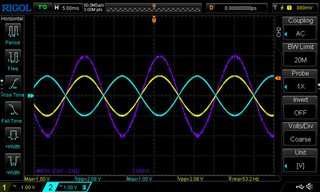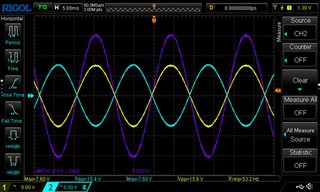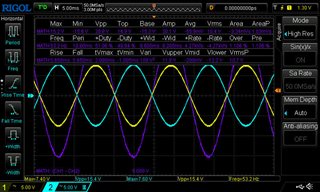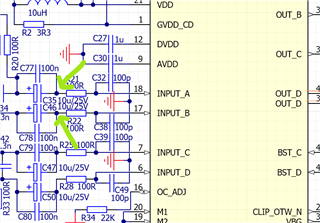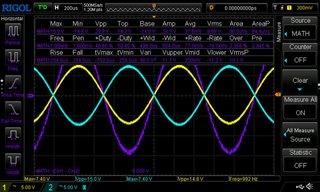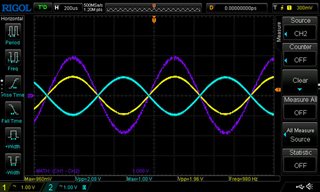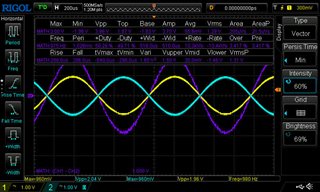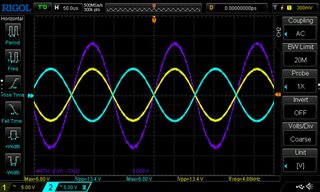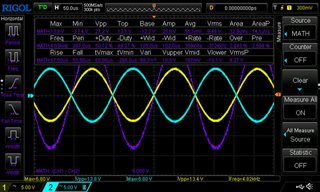Other Parts Discussed in Thread: TPA3245
Hi. I'm using the TPA3244 in a design and I saw that the gain is given as 20dB in the datasheet. I measured it (differentially) and I can't get more than 18dB, which coincidentally is the same as the TPA3245. Could you confirm that the 3244 actually has 20dB gain, and if so, why I am only measuring 18dB
Many thanks
Santo Prattico


